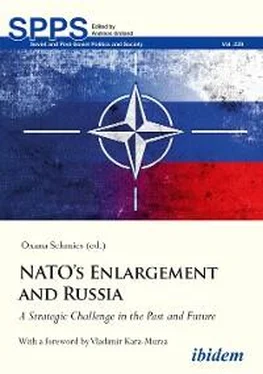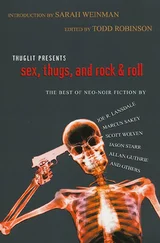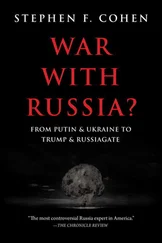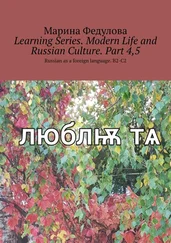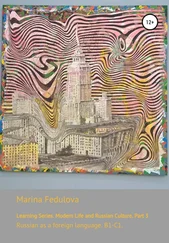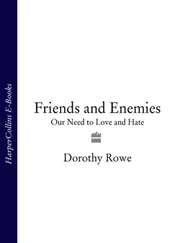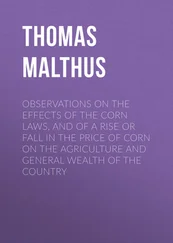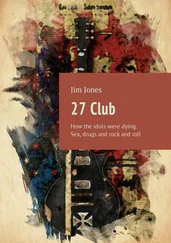Many thanks also personally to each of the fascinating authors for their interest in the topic, their inspiration, cordial openness, stimulating discussions as well as for new friendships and impulses for new ways forward in the field of political science.
Normative rhetoric may seem “cannibalized” or “too visionary” for today’s times, but this volume profited from the wisdom of individuals who did not lose faith in values. These values will shape our future.
* * *
Despite its heavy-handed clumsiness, Russia’s anti-NATO rhetoric is only gaining momentum. It has intensified in connection with the protests in Russia that erupted after the return of Alexey Navalny in January 2021. Navalny is now probably the best-known Kremlin critic in the West, following the poison attack against him and his subsequent medical treatment in Germany. All people protesting against the Kremlin in Russia are being accused of alleged criminal cooperation with the West and also with NATO. The accusations are constructed by Russian organs of power very coarsely, having no logic, let alone factual basis. The consequences are however becoming more dangerous for individuals. These blatant accusations by the Russian regime towards its critics, as well its fundamentally wrong and intentionally perverted interpretation of the historical development of international democratic institutions—including NATO—must be addressed clearly, over and over again.
1See also the interview with Pavlo Klimkin in this volume.
2See the contribution of Alexey Arbatov.
3See, for instance, the contribution of John Kornblum in this volume.
4Hamilton, Daniel S. and Kristina Spohr, eds. 2019. Open Door: Nato and Euro-Atlantic Security After the Cold War. Washington DC: Johns Hopkins University SAIS, 3.
5Goldgeier, James and Joshua R. Shifrinson, eds. 2020. “Special Issue: Legacies of NATO Enlargement: International Relations, Domestic Politics, and Alliance Management.” International Politics 57 (3).
6Hamilton, Daniel S. and Kristina Spohr, eds. 2019. Open Door: Nato and Euro-Atlantic Security After the Cold War. Washington DC: Johns Hopkins University SAIS; Hamilton, Daniel S. and Kristina Spohr, eds. 2019. Exiting the Cold War, Entering the New World. Washington DC: Foreign Policy Institute: Johns Hopkins University SAIS.
7Asmus, Ronald D. 2012. Opening NATO’s Door: How the Alliance Remade Itself in a New Era . New York: Columbia University Press; Hill, William H. 2018. No Place for Russia: European Security Institutions Since 1989 . New York: Columbia University Press; Sarotte, Mary E. 2019. “How to Enlarge NATO: The Debate inside the Clinton Administration, 1993–1995.” International Security 44 (1): 7–41. https://doi.org/10.1162/ISEC_a_00353; Marten, Kimberley. 2018. “Reconsidering NATO expansion: a counterfactual analysis of Russia and the West in the 1990s.” European Journal of International Security 3 (2): 135–161. https://doi.org/10.1017/eis.2017.16are only the few among the many.
8For instance, the German volumes on the reunification process: Möller, Horst, Ilse Dorothee Pausch, Gregor Schöllgen, Hermann Wentker und Andreas Wirsching, eds. 2015. Die Einheit. Das Auswärtige Amt, das DDR-Außenministerium und der Zwei-plus-Vier-Prozess . Göttingen: Vandenhoeck & Ruprecht; or Franzen, Christoph Johannes, Tim Szatkowski and Daniela Taschler, eds. 2020. Akten zur Auswärtigen Politik der Bundesrepublik Deutschland, 1989 . Berlin: De Gruyter.
9NATO. 2020. NATO 2030: United for a New Era: Analysis and Recommendations of the Reflection Group Appointed by the NATO Secretary General . Brussels: NATO. https://www.nato.int/nato_static_fl2014/assets/pdf/2020/12/pdf/201201-Reflection-Group-Final-Report-Uni.pdf.
10See also to the controversies on the so-called European autonomy as one of the latest developments. Borrell, Josep. 2020. “Why European strategic autonomy matters.” European External Action Service . Accessed January 19, 2021. https://eeas.europa.eu/headquarters/headquarters-homepage/89865/why-european-strategic-autonomy-matters_en.
11Sarotte, Mary E. 2009. 1989: The Struggle to Create Post-Cold War Europe . Princeton and Oxford: Princeton University Press; Nünlist, Christian. 2018. “Krieg der Narrative – Das Jahr 1990 und die NATO-Osterweiterung.” SIRIUS – Zeitschrift für Strategische Analysen 2 (4): 389–397. https://doi.org/10.1515/sirius-2018-4007. See also the transcript of a conversation between the Head of the Political Department of the FRG, Kastrup, and the Soviet Deputy Foreign Minister Adamishin in: Möller et al . Die Einheit , “Dok. 64. März 1990.”
12Gottemoeller, Rose, Thomas Graham, Fiona Hill, Jon Huntsman Jr., Robert Legvold and Thomas R. Pickering. 2020. “It’s time to rethink our Russian policy.” Politico , August 5, 2020. https://www.politico.com/news/magazine/2020/08/05/open-letter-russia-policy-391434.
13Nuclear Crisis Group. 2020. Nato-Russia: Crisis Brief . December 2020 . Accessed January 20, 2021 . https://www.globalzero.org/wp-content/uploads/2020/11/NATO-Russia-NCG-Brief_Dec-2020.pdf.
14The term “siloviki” derives from the Russian word meaning power. It includes representatives of the intelligence services, the military and other state armed forces, and members of the power elite.
Looking for Historical Unlocking Issues of Strategic Stability
Nuclear Deterrence
A Guarantee or Threat to Strategic Stability? 1
Alexey Arbatov
After thirty years of major reductions in nuclear arsenals to strengthen strategic stability, why are Russia and the United States further diverging in their understandings of the principles of stability? For what reasons, after so many years of joint efforts by the two powers to eliminate incentives for a nuclear first strike against the other, is such a scenario more likely today than at any point over the past thirty years? How is it that, after three decades of successful negotiations on the reduction and nonproliferation of nuclear weapons, the world is entering a period of disintegration when it comes to the entire system of control over these weapons? And, finally, why is the world entering a new cycle of nuclear and related arms races that is both multifaceted and multilateral?
The United States’ withdrawal from the 1987 Intermediate-Range Nuclear Forces (INF) Treaty, Open Skies Treaty and the growing likelihood of the termination of the 2010 New Strategic Arms Reduction Treaty (New START) are returning U.S.-Russia nuclear issues to the forefront of discussions on international security and geopolitics. 2
In these discussions, it is difficult to find concepts that are more commonly used—and abused—than strategic stability and nuclear deterrence. Both concepts have a long history. The former has been in official use for nearly thirty years, while the latter has been around for almost seventy. They appear in many state documents and international agreements. Entire libraries of academic literature and propaganda have been written about them, not to mention the reams devoted to both concepts on the Internet, along with oceans of words at countless conferences and symposiums.
Nevertheless, these concepts, their dynamics, and their dialectical interrelationship create new problems time and again. They give rise to paradoxes that, were it not a life-and-death matter for modern civilization, could be considered intellectually fascinating. But, unfortunately, these concepts concern actual matters of life and death. In the current military and political environment, it is no longer inconceivable that war between the United States and Russia could break out in just a few days in the event of a crisis. Such a conflict might culminate with an exchange of nuclear strikes taking as long as just a few hours.
Читать дальше
